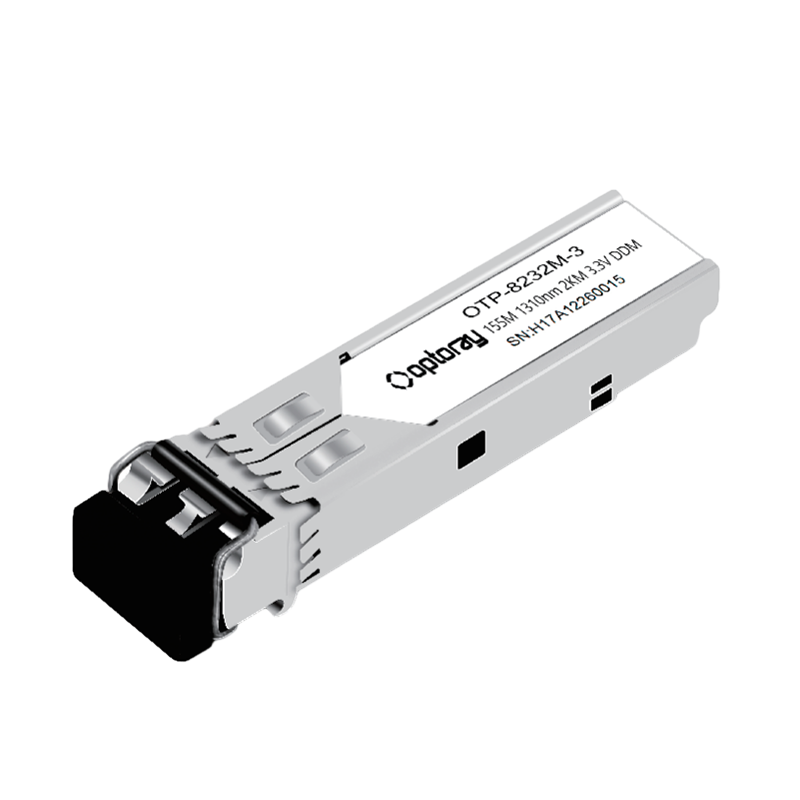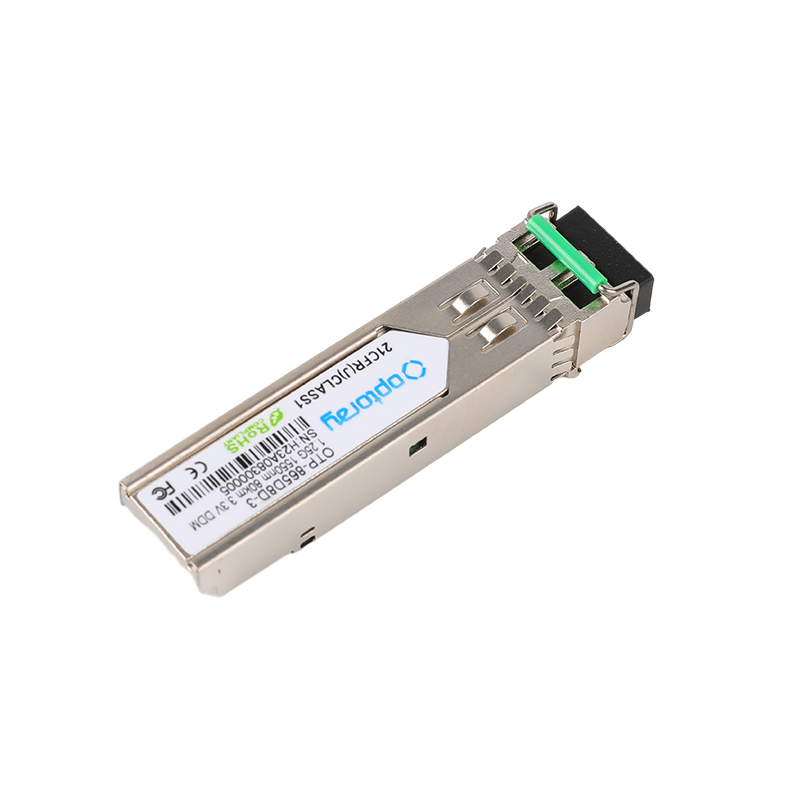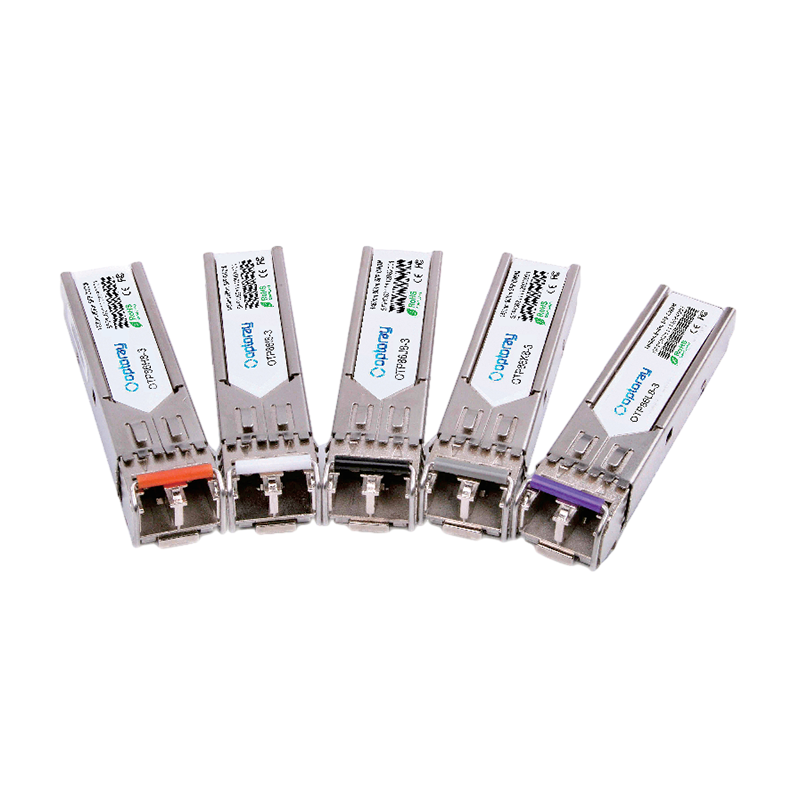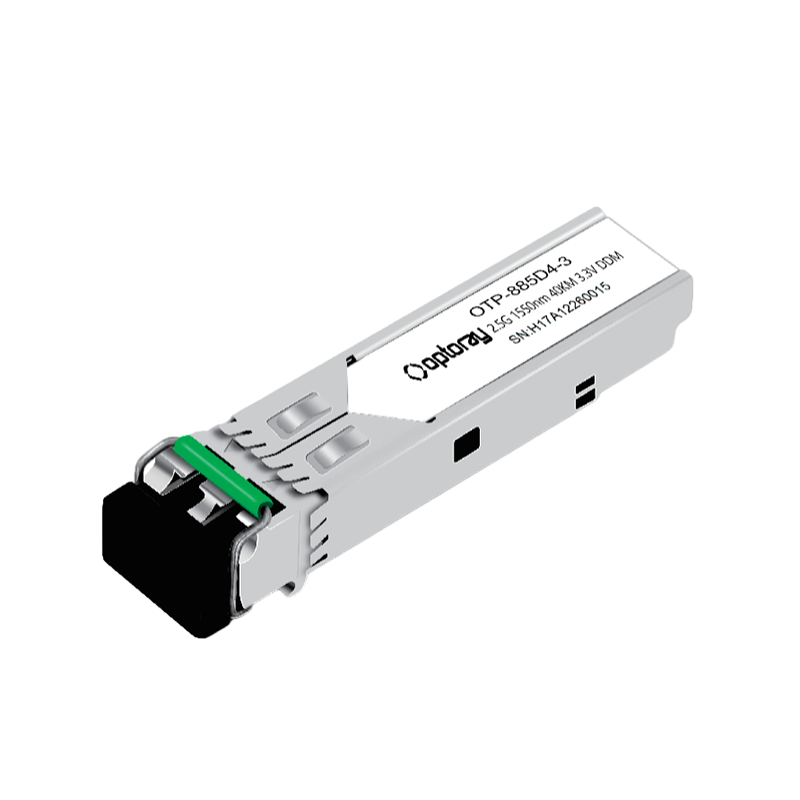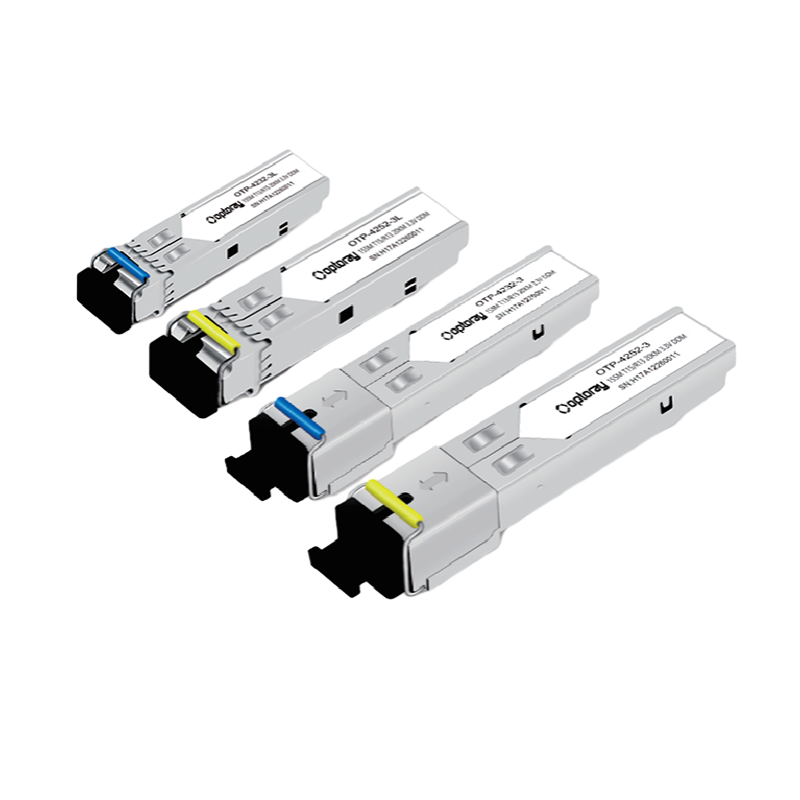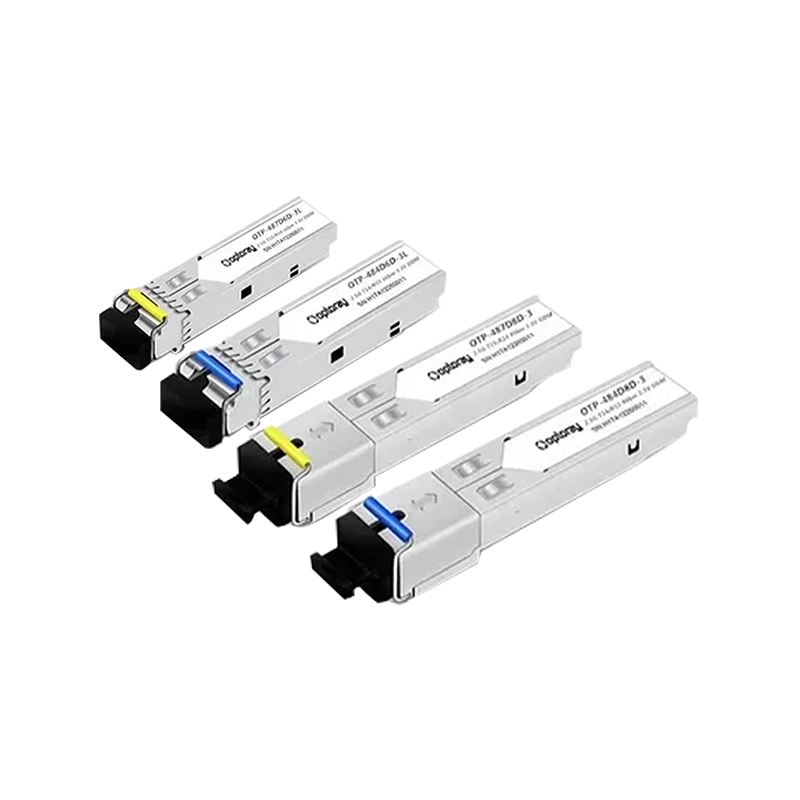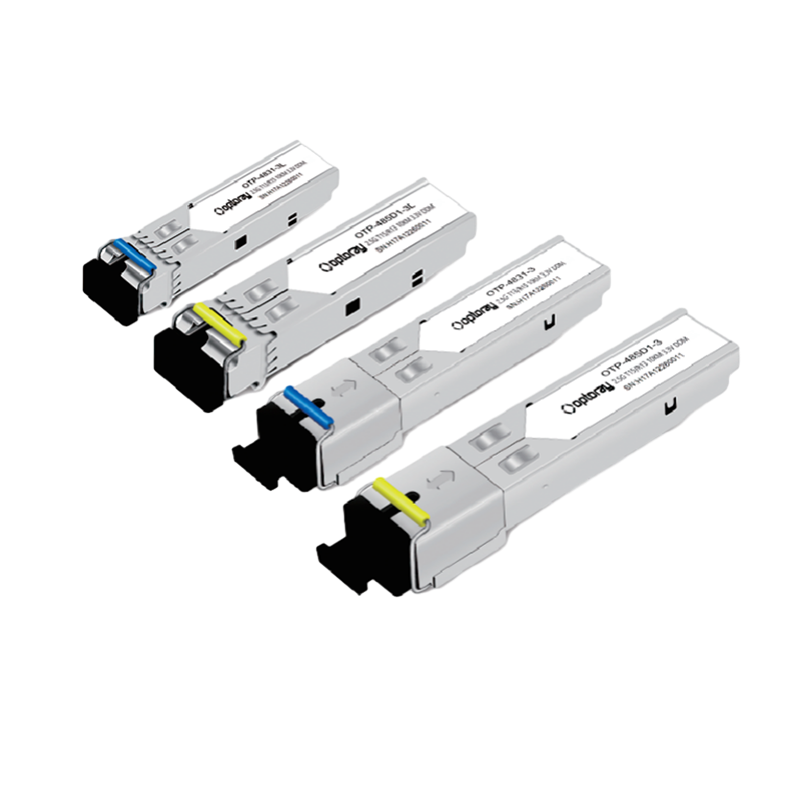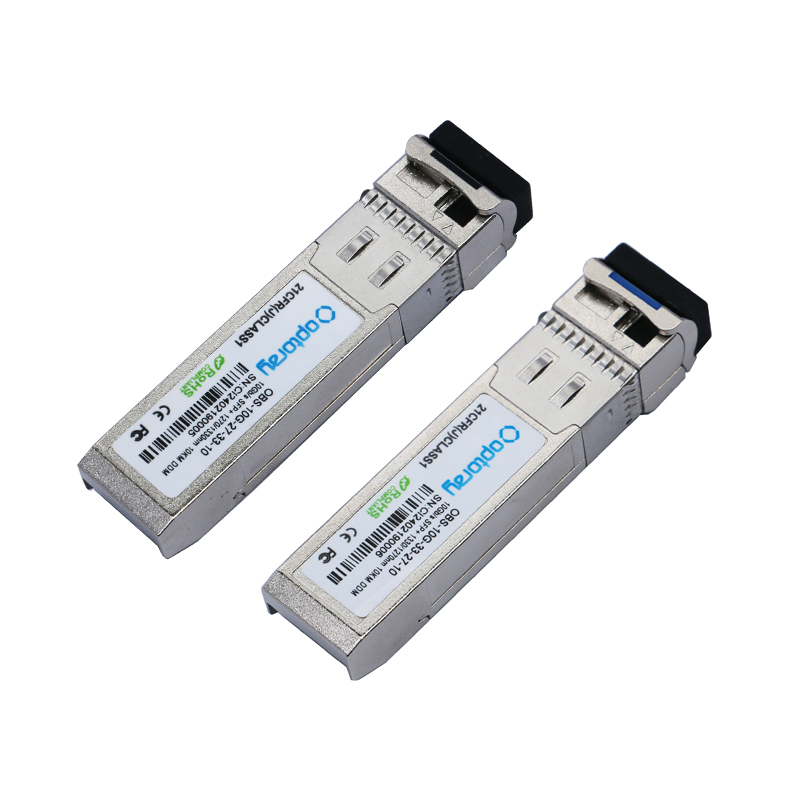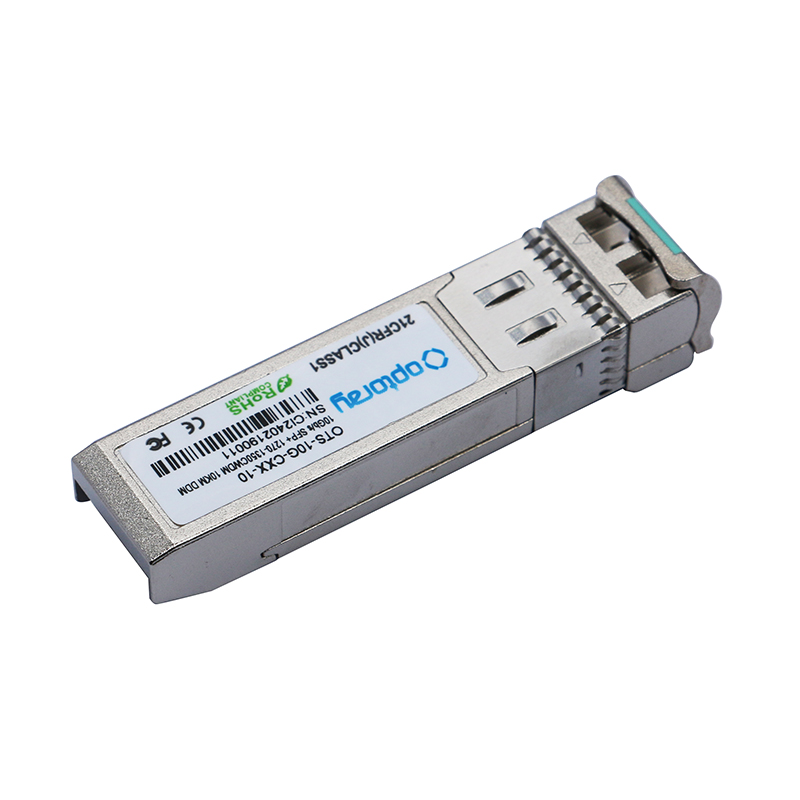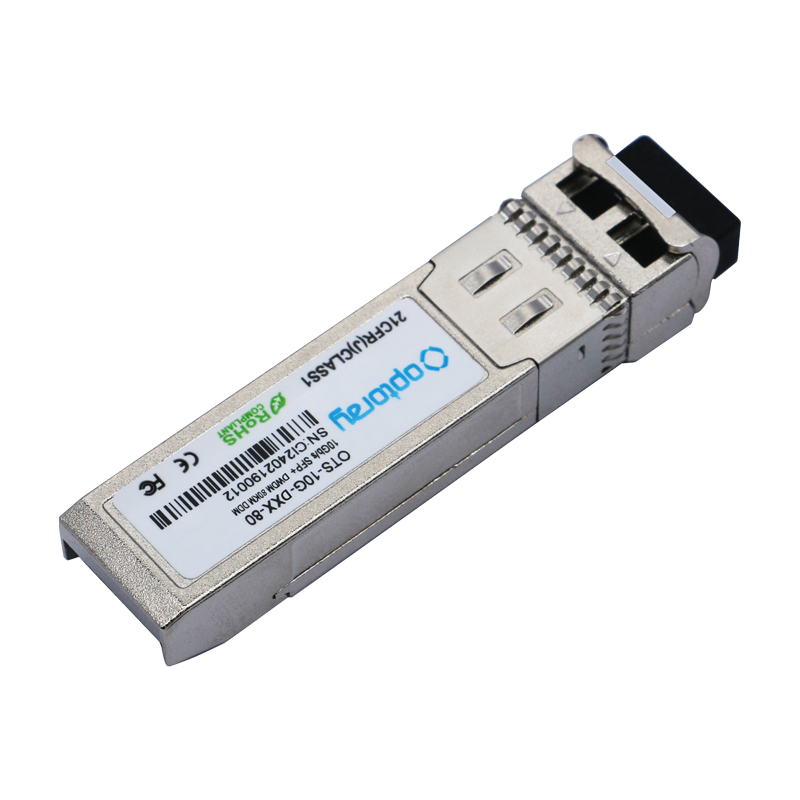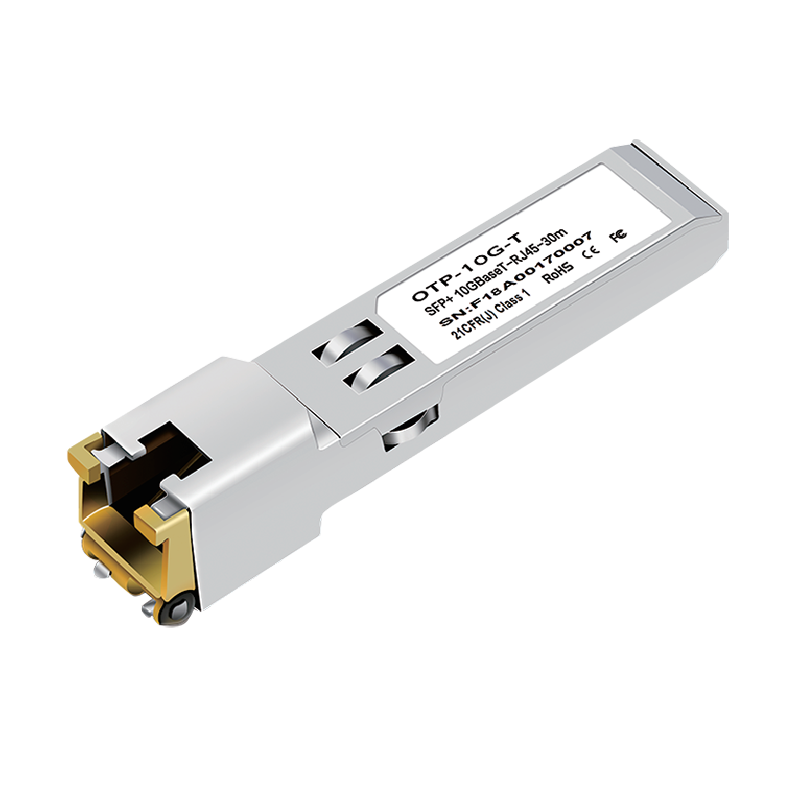+86-0559-5290604
New Trends in Optical Networking: The Application Value of 100G SFP Modules in Modern Data Centers
In modern network communications, with the rapid development of data centers, cloud computing, and high-speed networks, the demand for transmission speeds and network stability continues to increase. As a new generation of high-speed optical modules, 100G SFP modules play a vital role in network infrastructure.
I. Technical Foundations of 100G SFP Modules
The 100G SFP module is a small, pluggable optical transceiver capable of achieving a data transmission rate of 100 Gbps. Its core advantages lie in high density, high speed, and low power consumption. Compared to traditional optical modules, the 100G SFP module is more compact, making it easier to deploy in high-density network equipment, making it particularly suitable for network upgrades in modern data centers.
The module typically integrates lasers, photodetectors, and high-speed signal processing circuits, achieving high-speed data transmission through multi-channel optical fiber transmission. During transmission, the 100G SFP module relies on sophisticated signal modulation technologies, such as PAM4 (quad-level pulse amplitude modulation), to significantly improve the transmission efficiency of each optical channel, ensuring full utilization of network bandwidth.
II. Key Performance Indicators and Their Impact
When selecting and deploying 100G SFP modules, performance indicators are key factors in determining their reliability and stability. The module's speed, transmission distance, optical port type, and power consumption are key parameters that must be considered during design and maintenance.
Speed determines the network's data throughput, while transmission distance influences the module's suitability in different scenarios. Different optical port types (such as LC and MPO) adapt to diverse fiber environments, enabling flexible cabling and efficient interconnection. Furthermore, low-power designs can reduce heat buildup in dense deployment environments, improving overall system stability and lowering data center operating costs.
III. Applications of 100G SFP Modules in Data Centers
With the widespread adoption of cloud computing, artificial intelligence, and big data technologies, data centers are increasingly demanding high-bandwidth, low-latency networks. 100G SFP modules, with their high density and low power consumption, have become the preferred choice for data center network upgrades.
In large-scale switches and routers, 100G SFP modules enable high-speed data exchange, increasing network throughput while maintaining network architecture flexibility. The pluggable nature of the module eliminates the need to replace the entire system during network equipment upgrades or maintenance, reducing operational complexity and costs.
100G SFP modules offer strong compatibility and can work with network equipment from different vendors, ensuring the standardization and modularization of data center network architectures. This flexibility not only improves network equipment utilization but also lays the foundation for future network expansion.
IV. Industry Trends and Development Directions
With the continuous advancement of optical communication technology, the proportion of 100G SFP modules in network applications is gradually increasing. In the future, as data center bandwidth demands increase, 100G SFP modules will face higher integration and lower power consumption requirements. High-density packaging technology, advanced optical signal modulation schemes, and intelligent management capabilities will become key development directions for modules.
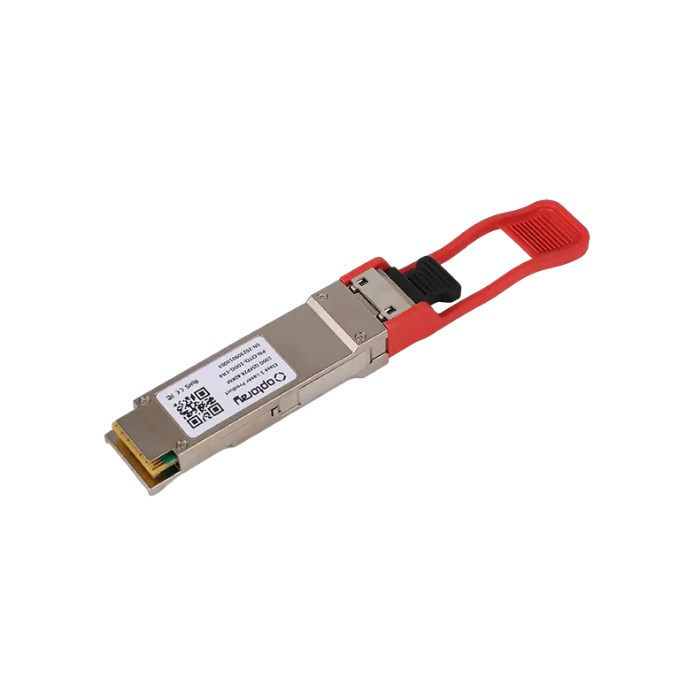
In addition, with the development of 5G networks and edge computing, the demand for high-speed optical modules will further increase. 100G SFP modules will not only be used in traditional data centers but will also play a vital role in enterprise networks, carrier backbone networks, and high-speed financial networks. High-performance, low-latency, and scalable optical module solutions will become the core driving force behind network infrastructure upgrades.
V. Selection and Deployment Recommendations
When selecting a 100G SFP module, in addition to focusing on performance parameters, you should also consider compatibility and network architecture compatibility. Module stability, certification standards, and vendor service capabilities are all crucial factors influencing long-term network operation and maintenance.
During deployment, rationally planning fiber links and module interfaces, and optimizing data flow based on network topology, can effectively leverage the high-speed transmission advantages of 100G SFP modules. Through effective network design and module management, network performance can be improved while also extending equipment lifespan and ensuring long-term stable operation.
As a vital component of modern high-speed networks, 100G SFP modules, with their high density, low power consumption, and high speed, are becoming standard equipment in data centers and high-performance networks. With continuous technological advancements, their application scenarios and market demand will continue to expand. Understanding the module's technical principles, performance indicators, and application strategies is crucial for network architecture optimization, equipment upgrades, and operation and maintenance management. In the future, 100G SFP modules will continue to drive the development of optical communication technology and provide a solid foundation for high-speed data transmission.



 English
English русский
русский


